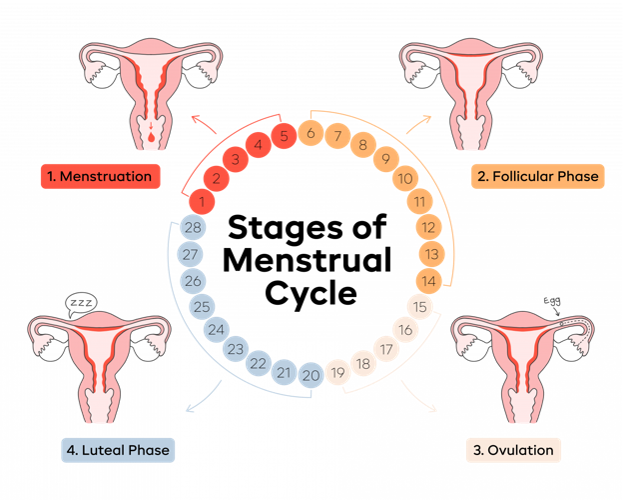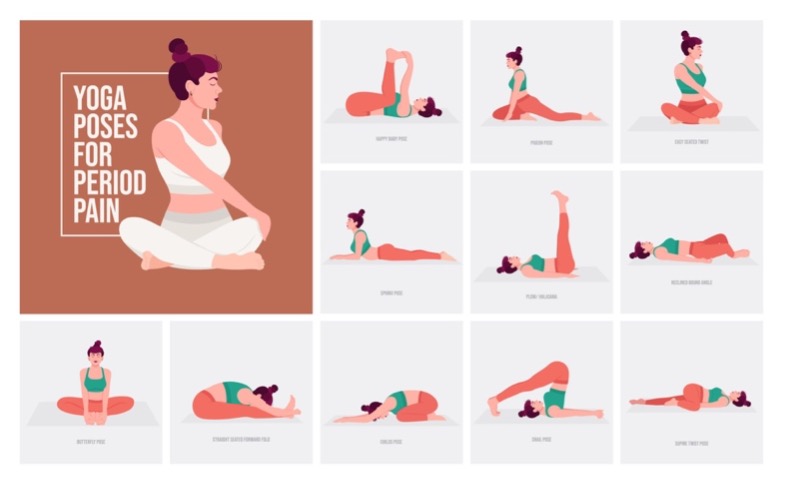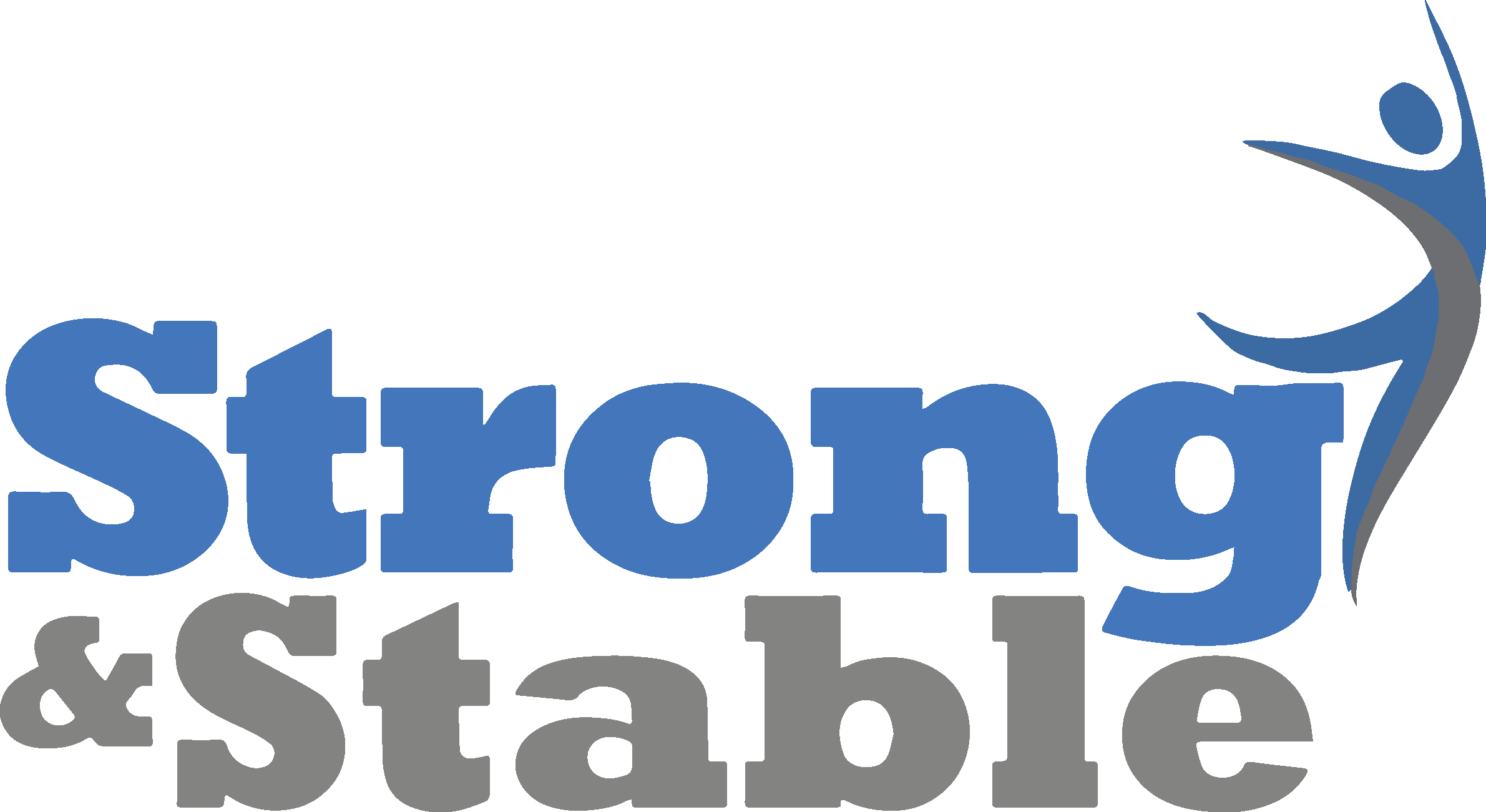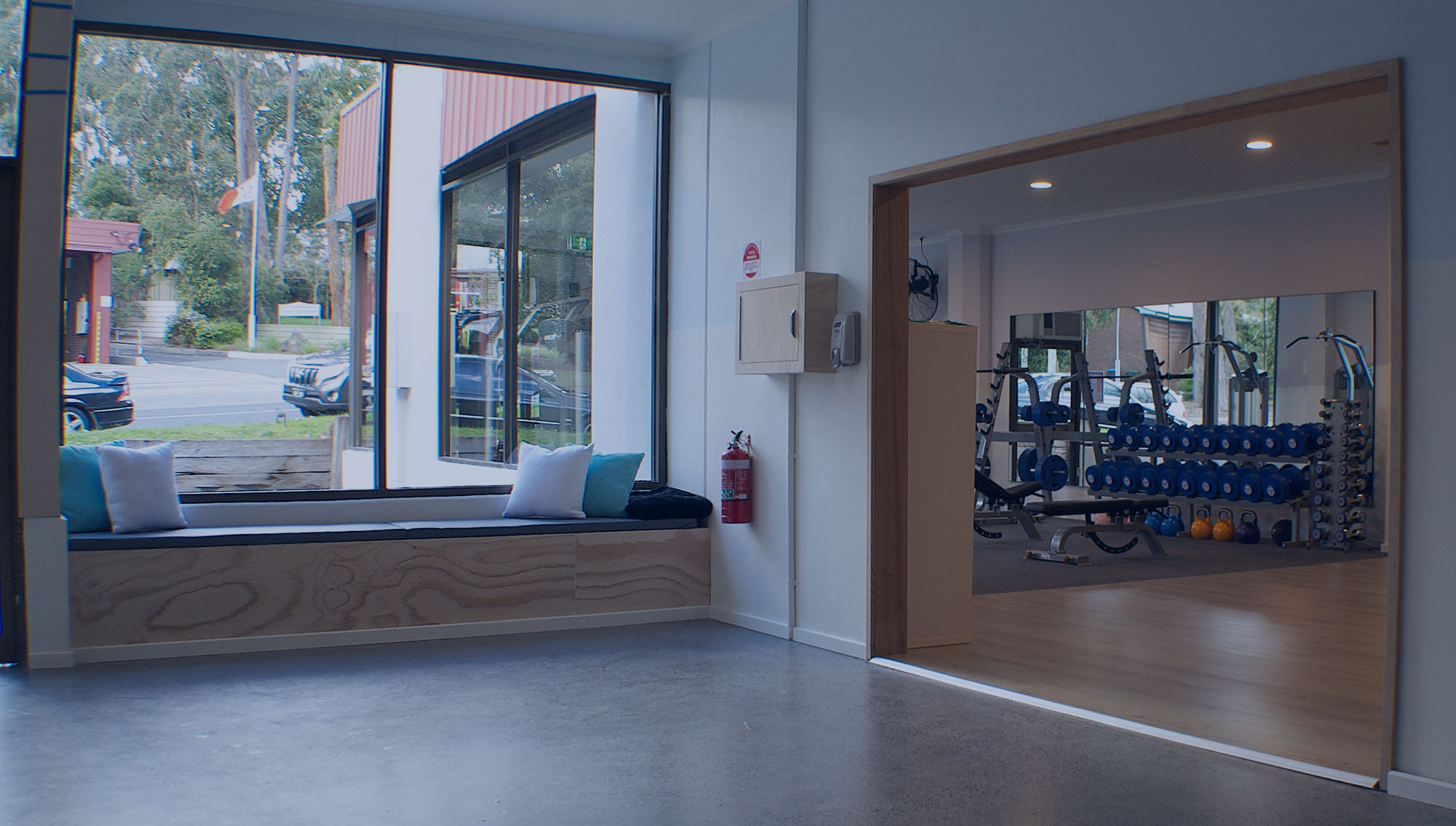16 May Training in Sync with your Menstrual Cycle

Written by Megan Dame, Accredited Exercise Physiologist
What is the Menstrual Cycle?
The menstrual cycle plays a pivotal role in preparing a Woman’s body for pregnancy (Better Health). If a Woman is not pregnant the uterus sheds its lining from signals sent from the uterus and marks her period (Better Health).
A menstrual cycle is measured from the first day of your period until the first day of your next period (Better Health). The menstrual cycle on average length is 28-29 days (Better Health).
Four Phases of Menstrual Cycle
There are four main phases of the menstrual cycle (Better Health):
- Menstruation: This is referred to commonly as a period, where the uterus lining sheds and flows out of your vagina as blood, some cells, and mucus. A period on average last three to seven days.
- The follicular phase: This is the part of a woman’s menstrual cycle when the egg matures in her ovaries (Better Health). It occurs on the first day of your period and goes for 13-14 days (Better Health).
- Ovulation: The matured egg is released by the ovary and travels along the fallopian tube to the uterus (Better Health). It occurs two weeks before the Woman’s next period and last for 16-32 hours (Better Health).
- The Luteal phase: This is when cells in the ovary release the hormones progesterone and estrogen, which increase the thickness of the lining in the uterus to prepare for pregnancy. If a fertalised egg is implanted in the lining of the uterus progestogen is continued to be produced to sustain the thickness of the lining, and if pregnancy does not occur progesterone production drops and the uterus will shed causing her period to start again.
 (Aunt Flow)
(Aunt Flow)
Effect of Menstrual Cycle on your Exercise
The hormones in our body play a pivotal role in many bodily functions, they are the body’s form of chemical messengers that send signals into the bloodstream and tissues. Research has found that female hormone levels of estrogen and progesterone can have an impact on the following (Exercise Right):
- Muscle development
- Utilisation of energy
- Fat gain and loss
- Thermoregulation
- Energy expenditure
Why Train in Sync with your Menstrual Cycle
Learning how to train in sync with your Menstrual cycle could help (Exercise Right):
- Manage stress
- Increase your immunity
- Improve performance
- Leave you with a sense of feeling stronger
- Reduce fatigue
- Manage symptoms of Premenstrual Syndrome (PMS)
- Increase sustained energy.
What is Cycle Syncing?
Cycle syncing involves choosing a type of exercise that pairs with one of the four phases of a Women’s menstrual cycle (Exercise Right).
During each phase the hormone levels change which can affect energy levels. Cycle Syncing guides you on how to modify your exercise routine in accordance with these changes in hormone levels, to gain maximum benefits from your routine (Exercise Right).
How to Cycle Sync with Exercise
During the four stages of a Women’s Menstrual Cycle, different modes of exercise are recommended (Exercise Right):
- The Menstrual Phase: Optimal time to engage in light movements like yoga, walking or light strength training as a drop in hormone levels can cause you to feel low in energy during this phase.
- The Follicular Phase: Optimal time to make progress in your training performing
High-intensity training (HIIT) and sprinting. During this phase, the body is found to have higher pain tolerance, increased endurance levels, and the increased ability of the body to use carbohydrates as fuel.
- The Ovulation Phase: Optimal time to perform light resistance training. A phase where the body has a greater chance of being prone to injury and strength levels are high.
- The Luteal Phase: Optimal time to perform active recovery (mobility and stretching) and deloading (reduce the intensity of training for a short period) strength training. This phase results in the body relying on fat as a greater fuel source, body temperature can increase, and retain greater amounts of water which can reduce energy levels.
 (Vecteezy)
(Vecteezy)
Ultimately, what you chose to do is up to you and how your body feels. An Accredited Exercise Physiologist can help you tailor an exercise program taking these phases into consideration to suit you best.
How Do you Track a Menstrual Cycle?
One alternative to tracking your Menstrual Cycle and working out what phase you are entering is through apps. Below are some suggestions of apps that can track your Menstrual Cycle:
- Clue
- Flo
- Ovia Fertility
Keep in mind that the length of periods and menstrual cycle can vary not only from person to person, but also from cycle to cycle, and using an app is providing an estimate but not a perfect prediction. A Woman’s Menstrual cycle can be affected by things like physical and emotional stress and changes in routine.


Sorry, the comment form is closed at this time.